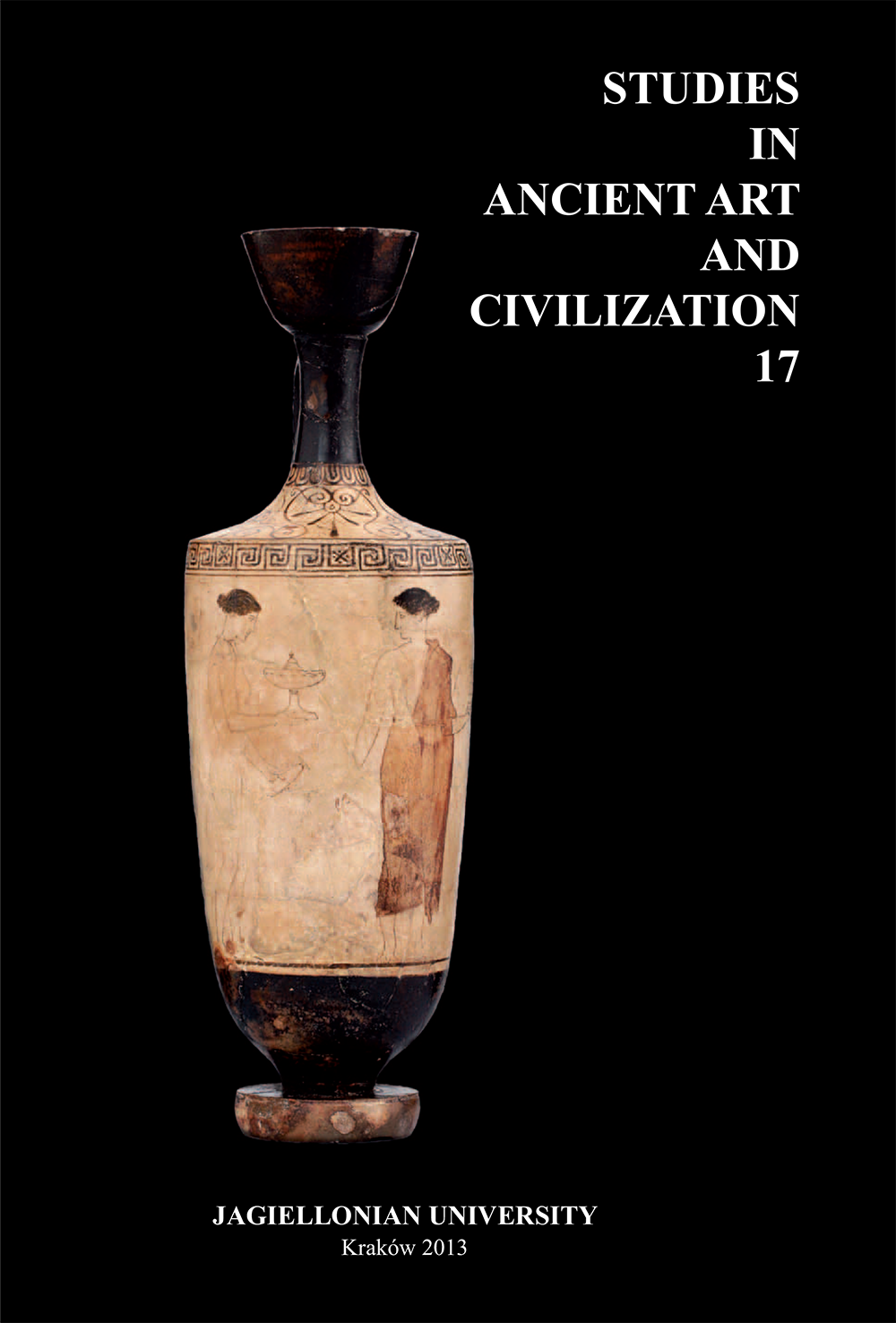Remarks of a Jagiellonian University Professor Concerning the Statues of Venus Seen in the Year 1845 in Italian Museums
DOI:
https://doi.org/10.12797/SAAC.17.2013.17.29Keywords:
Michal Wiszniewski, Jagiellonian University, statue, Venus of Capua, Kallipygos Venus, Venus LandolinaAbstract
Michał Wiszniewski (1794-1865), professor of the Jagiellonian University, philosopher, psychologist, historian and historian of literature, visited Italy in 1845. Apart from academic activities, he was also for some time involved in politics, which resulted in his emigration to Italy in 1848, during the turbulent period of this year’s Revolutions. He died in Nice, which in 1860 was incorporated to France, and earlier had belonged to the Kingdom of Sardinia. He was buried in the capuchin church on the mount Cimies near Nice. During his stay in Italy in 1845 he visited monuments and museums, and made very detailed notes. Among others he wrote the first and also only Polish description of the rooms and collections of the Museo Borbonico (nowadays the Museo Archeologico Nazionale) in Naples. He devoted whole sections to the ancient sculptures of Aphrodite-Venus. He compared various statues of Venus: the Capitoline Venus, the Medici Venus and the crouching Venus by Doidalsas. One of the numerous Roman copies of this work is kept in the museum in Naples, together with the statue of Venus Kallipygos, discovered in Rome in the 16th century. The same museum possesses also the so-called Venus of Capua, discovered c. 1750 and reconstructed with certain degree of liberty in 1820 by the sculptor Augusto Brunelli, disciple of Antonio Canova. Brunelli supplemented the arms, parts of the nose and garments; moreover, he added the figure of Eros, which by now had been removed, but can be seen on the 19th century drawings. Wiszniewski saw and described the statue in this shape. During his stay in Sicily, in the museum of Syracuse he admired the statue of Venus discovered in 1804 by the archaeologist Saverio Landolino, and named after him. It is still one of the most important objects of this museum. His short impressions are the only Polish texts that describe the Greek sculptures representing Aphrodite, even if they are less well known than the Venus of Milo from Paris.
References
Clarac F. de 1832-1834. Musée de sculpture antique et modern. Paris.
Dybiec J. 1970. Michał Wiszniewski. Życie i twórczość. (Monografie z dziejów nauki i techniki 63, Polska Akademia Nauk). Wrocław, Warsaw, Krakow.
Wiszniewski M. 1982. Podróż do Włoch, Sycylii i Malty. Warsaw (ed. H. Barycz).






